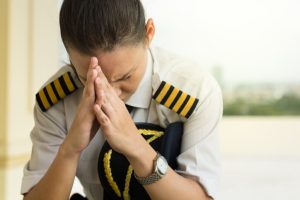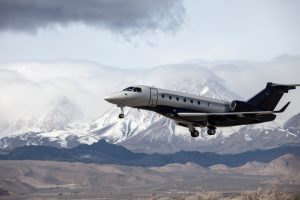Update Your In-Flight Playbook for Super Bowl LII
From landing to kick-off, err, I mean, take-off, the FAA is instituting some specific rules throughout the week of Super Bowl LII, and CTS is giving you an overview of what to expect when flying in the Minneapolis-St. Paul, MN area from Wednesday, January 31 to Tuesday, February 6, 2018. These special air traffic procedures will be put in place in order to minimize traffic delays and enhance safety from all angles. Below are a few things to look for during that time.
Security Provisions: Some provisions and restrictions include (but are not limited to) Temporary Flight Restrictions (TFRs), two-way communications, and discrete transponder requirements. Currently, all civilian flights will be prohibited within a 10-mile radial inner boundary of U.S. Bank Stadium (with the exception of select scheduled air carriers). Other TFR information is typically distributed 3 to 5 days before the event in an FDC NOTAM.
The FAA is encouraging all pilots to ensure they are up to date on the latest NOTAMs leading up to the event. Along with familiarity with specific restrictions, they are also requesting pilots have their personal identification, certificate number, aircraft ownership information, and a contact number on hand.
Traffic Management: Pilots are to be prepared for potential reroutes, airborne holding, and/or Expect Departure Clearance Times (EDCTs) in many airports in the Minneapolis-St. Paul surrounding area. A full list of affected airports and preferred routes can be found in the Special Air Traffic Procedures for Super Bowl LII NOTAM on the NBAA website.
Minneapolis-St. Paul Terminal Area Operations: Class B airspace rules apply. VFR arrivals are advised that they may experience lengthy delays outside of the Class B airspace due to large volume air traffic. The following operations are prohibited within the terminal area: formation flights, practice approaches, multiple approaches, and touch and go. The NBAA cautions that “violators will be aggressively pursued.”
Note: Unless in an emergency situation, changes of destination will not be granted within 250 nm of the Minneapolis-St. Paul Terminal Airspace.
Interested in learning more? Check out some related reading:
RELATED READING
RELATED CTS TRAINING











